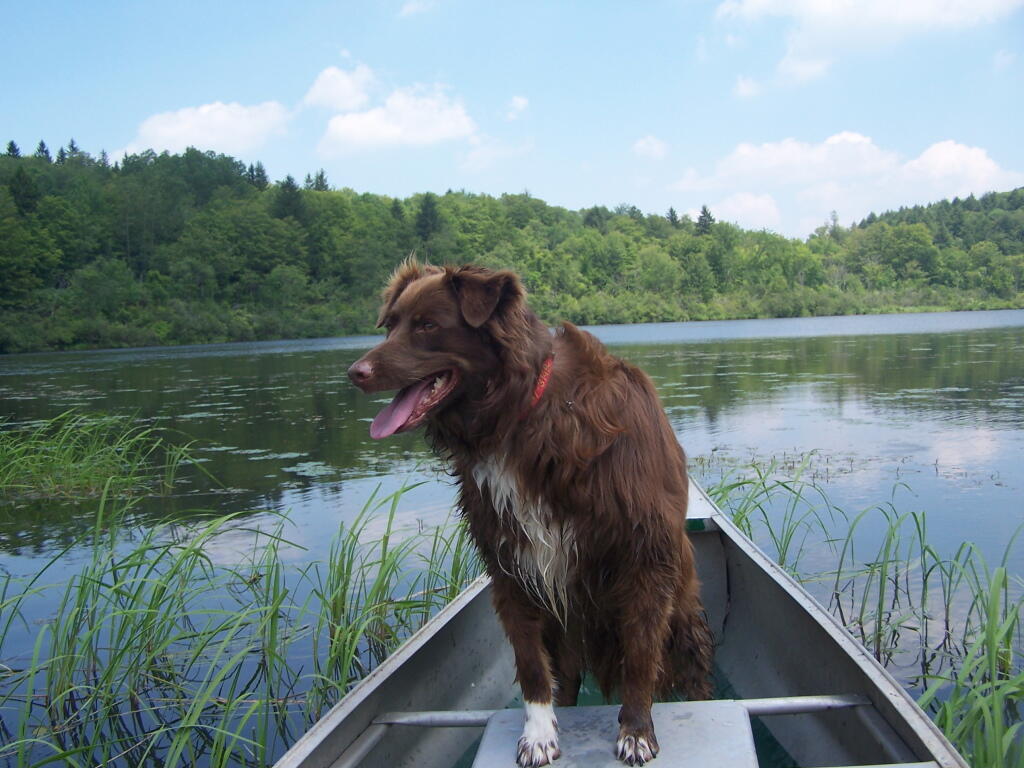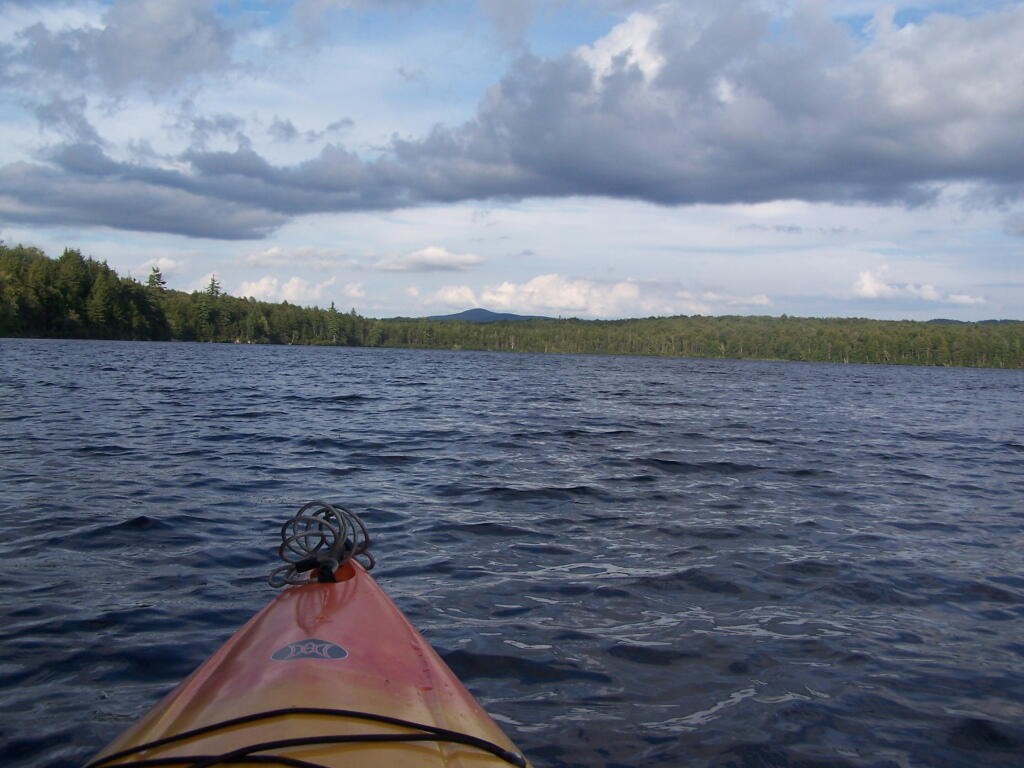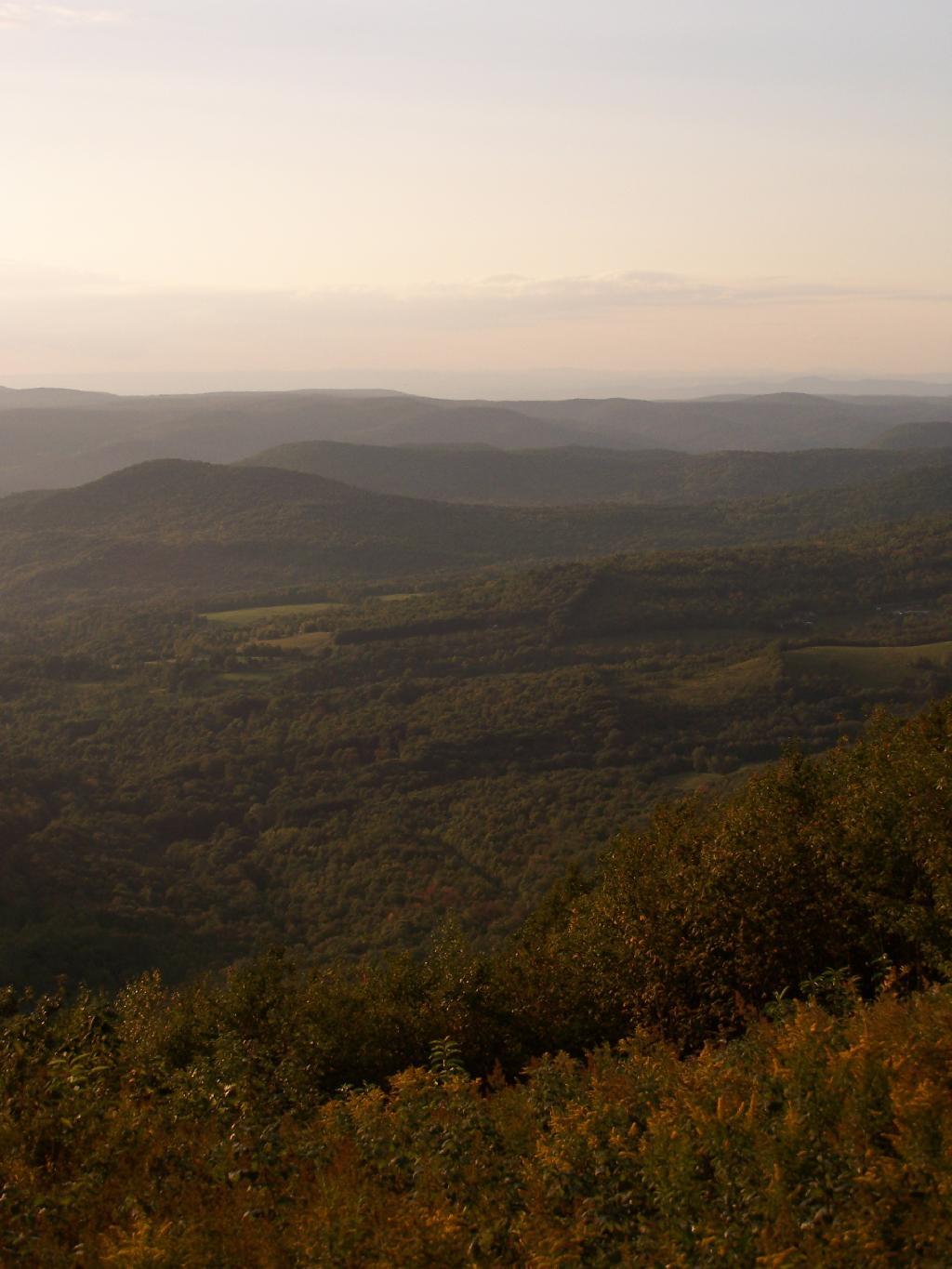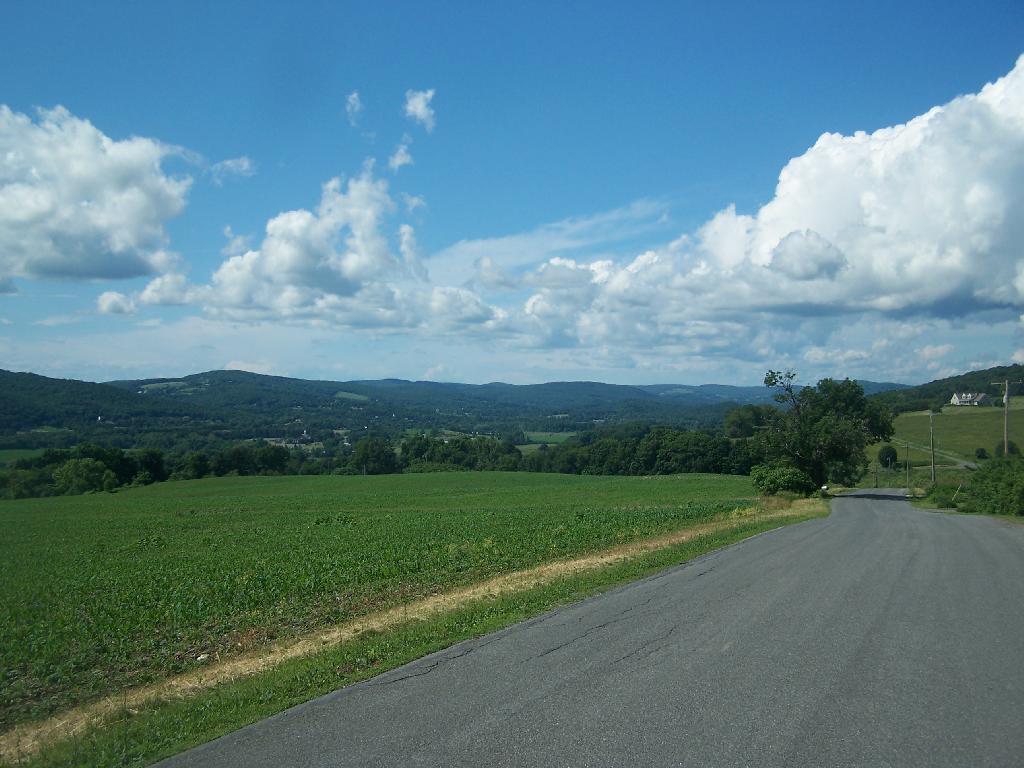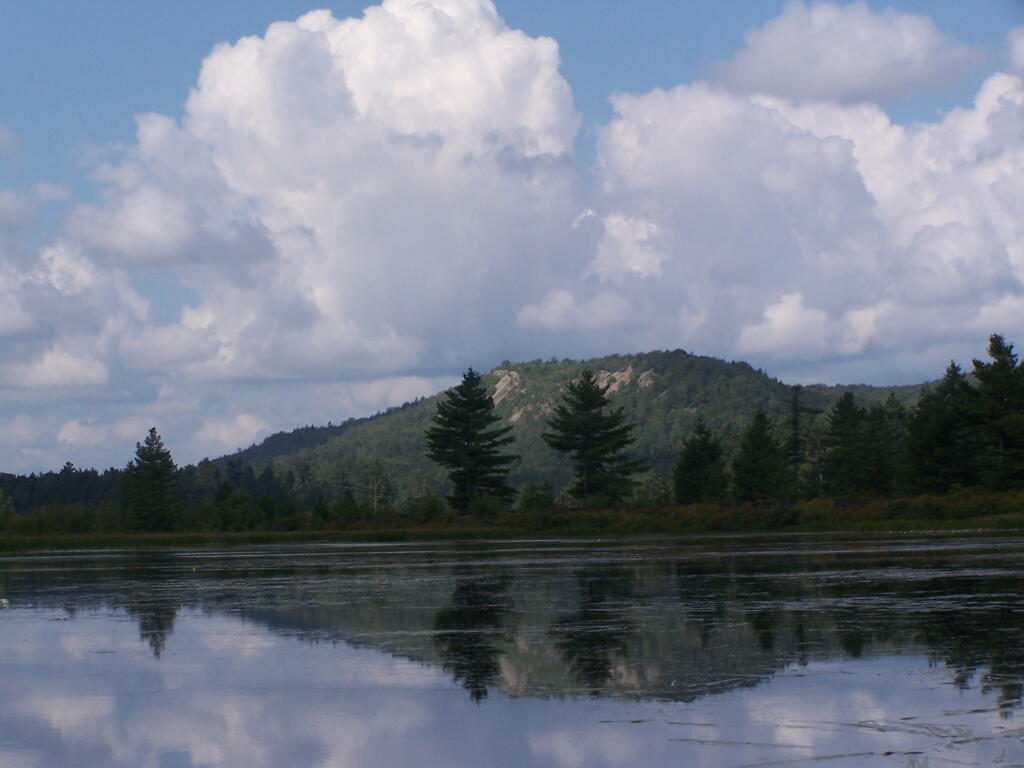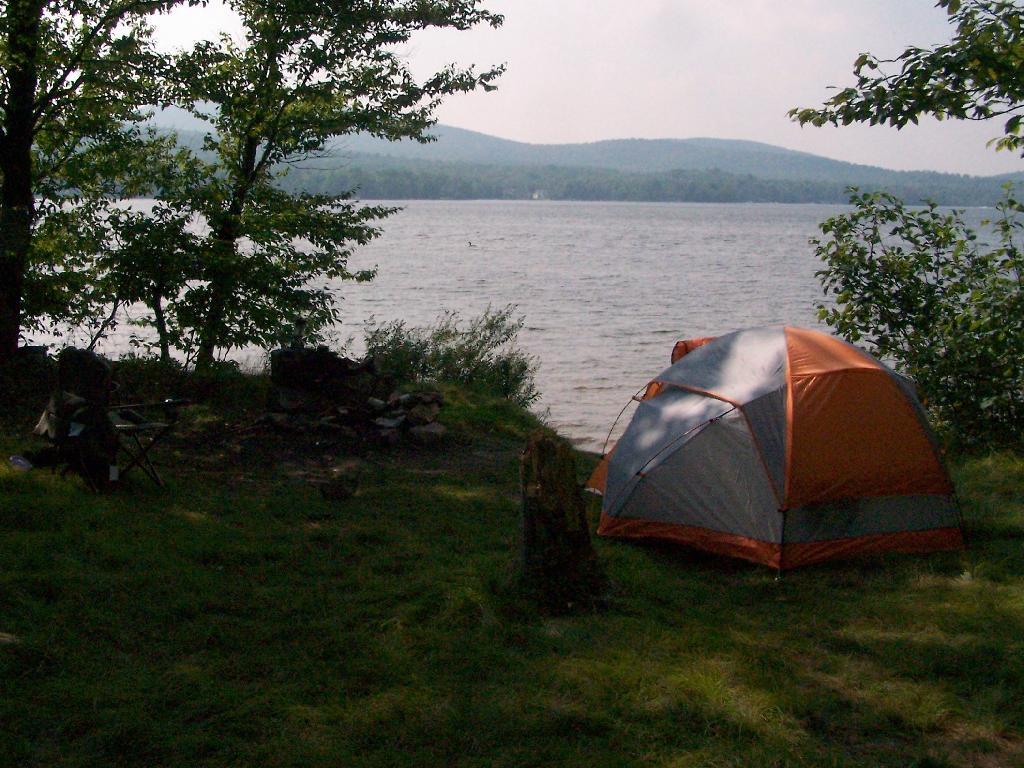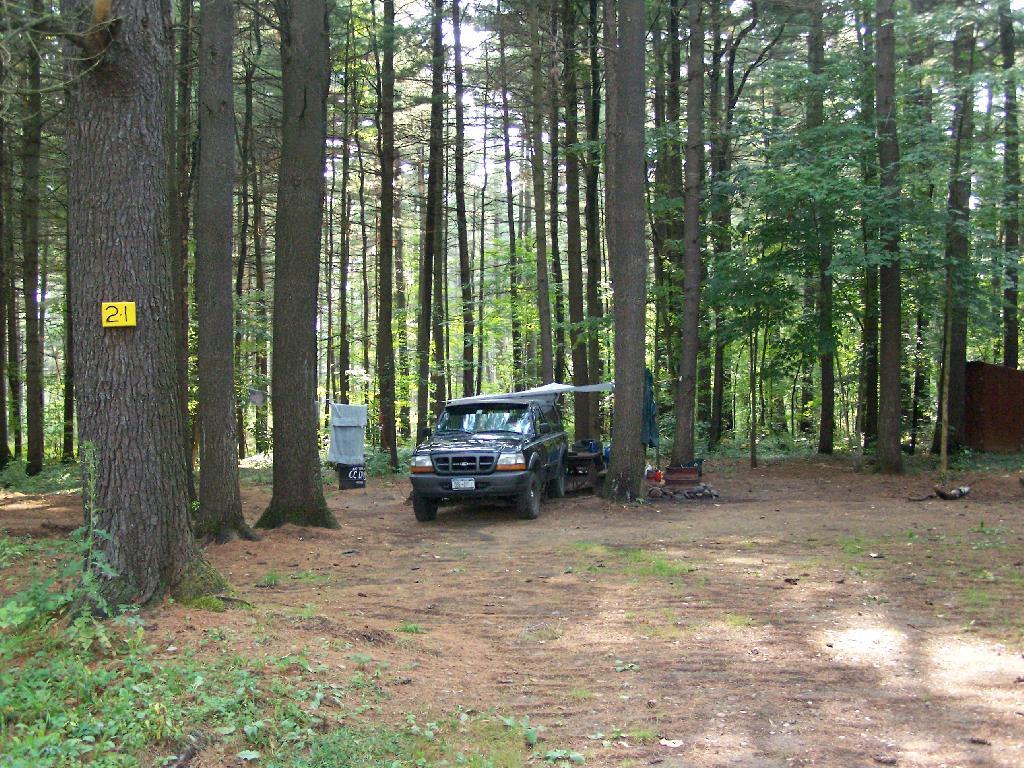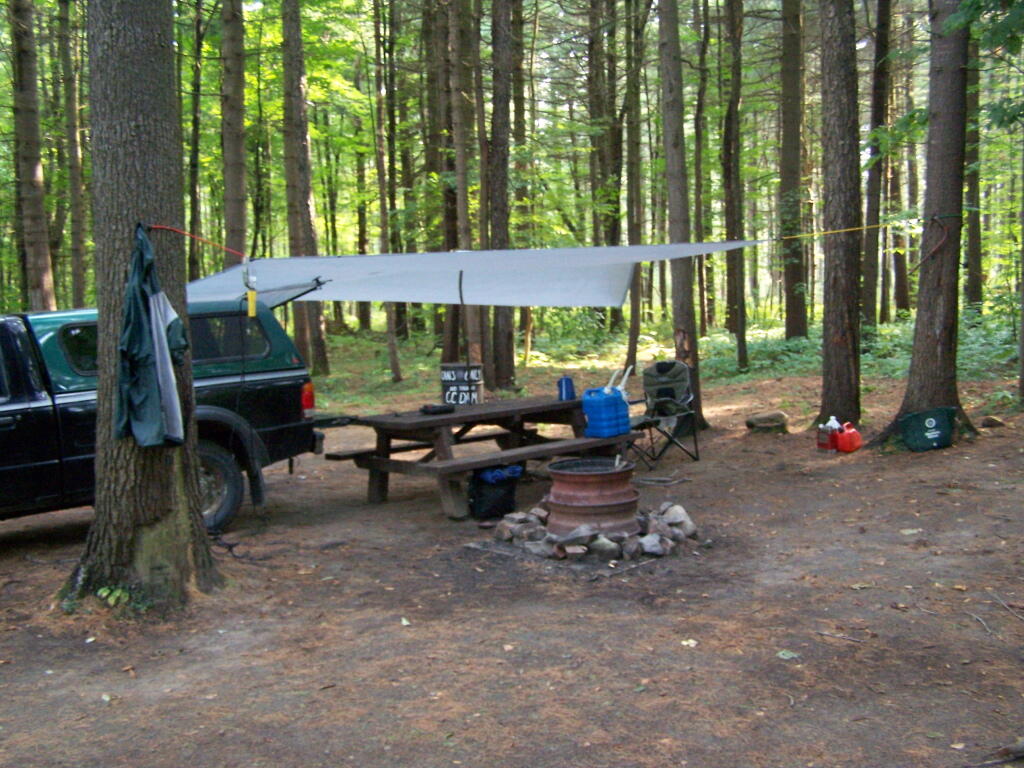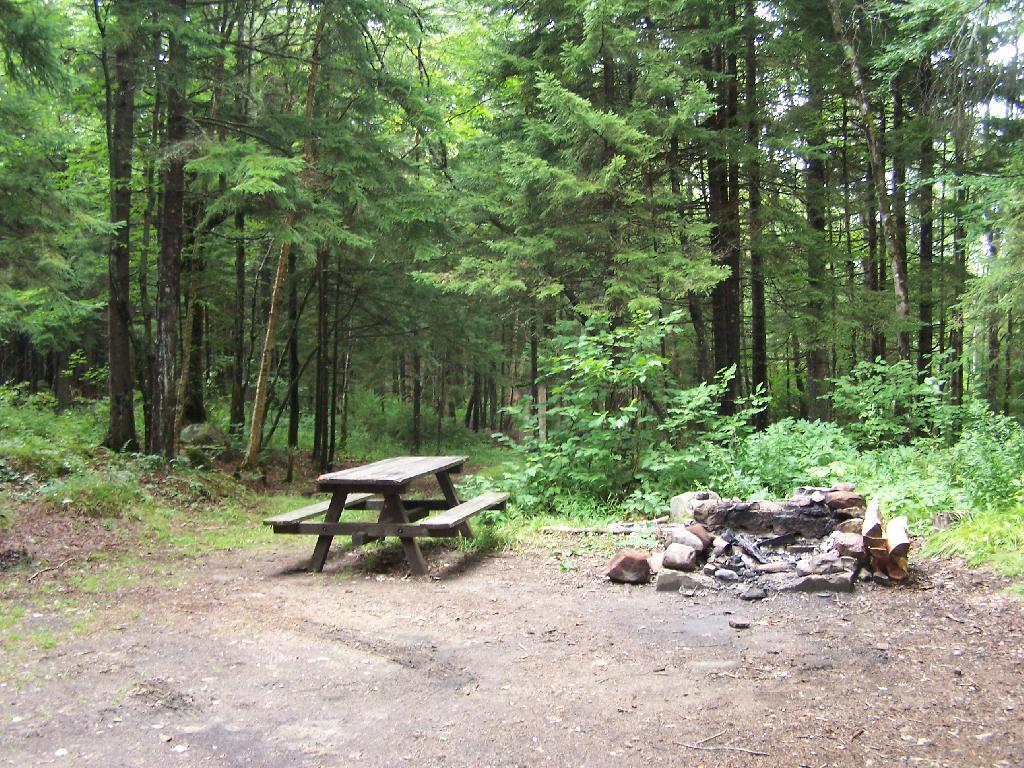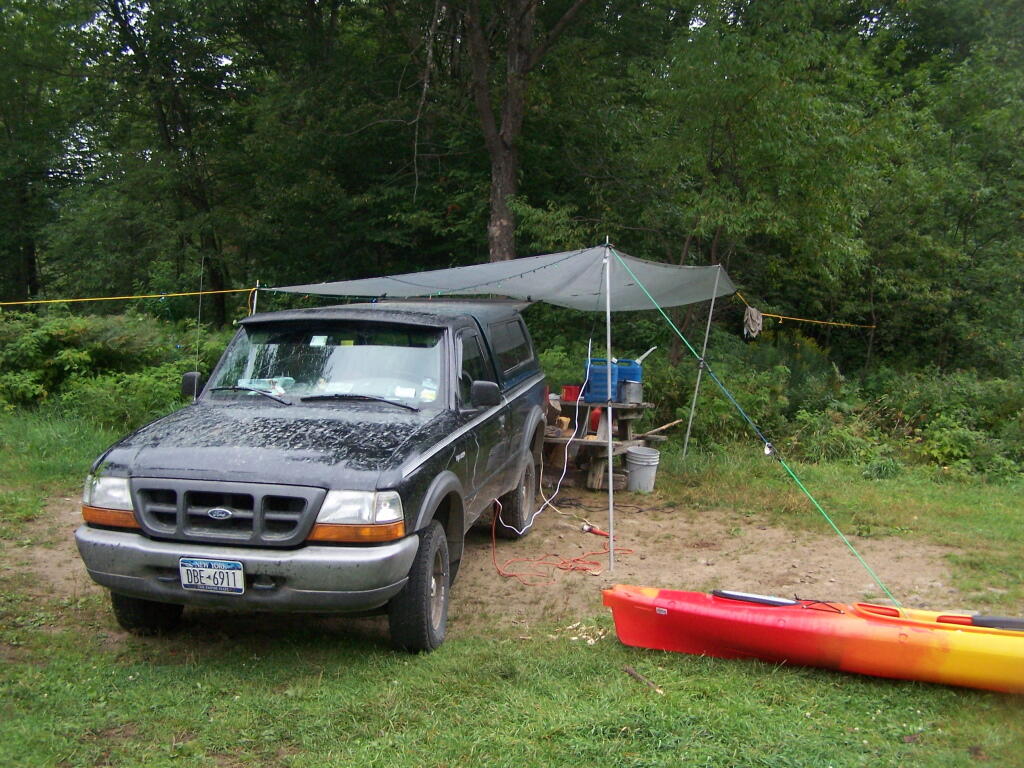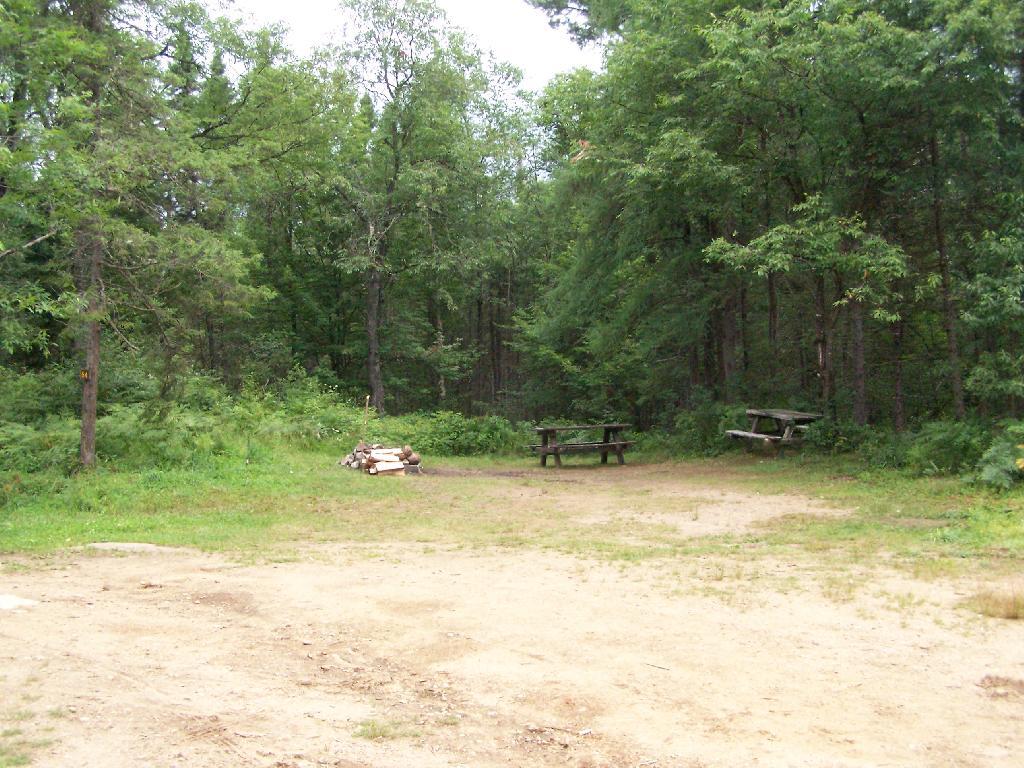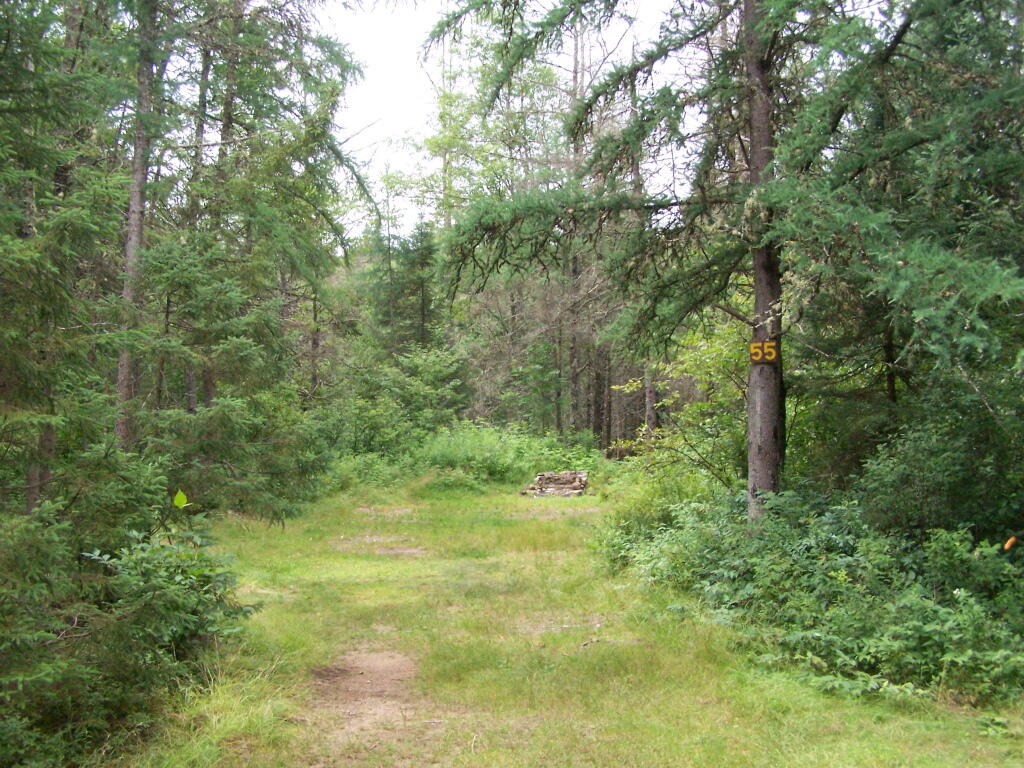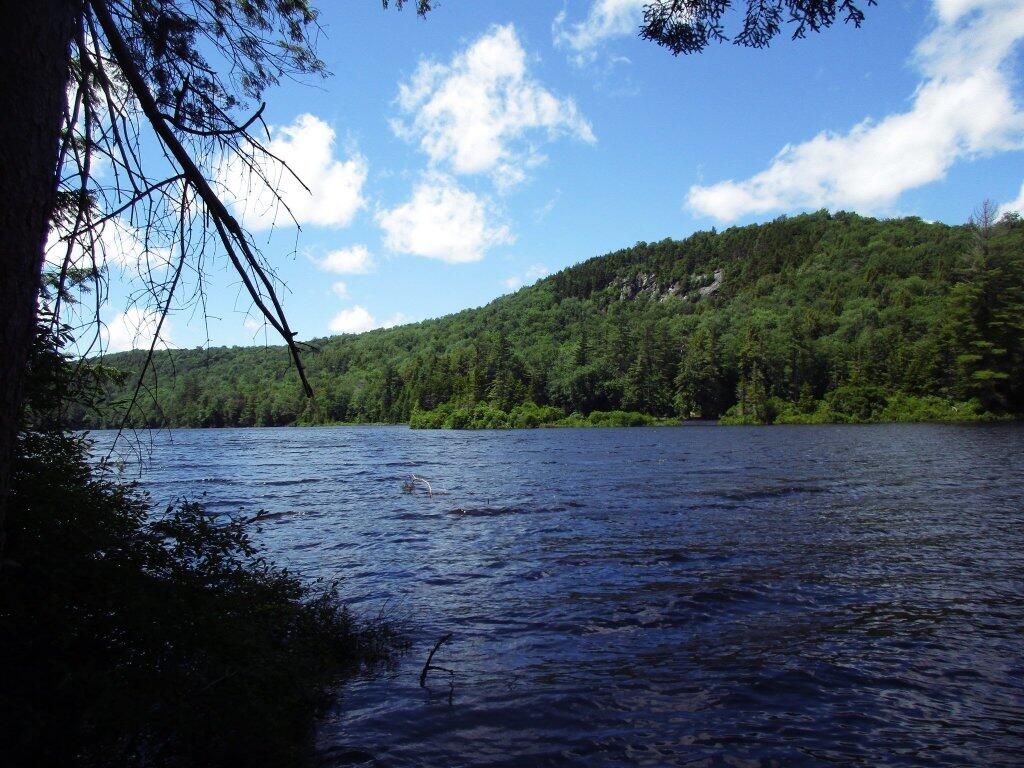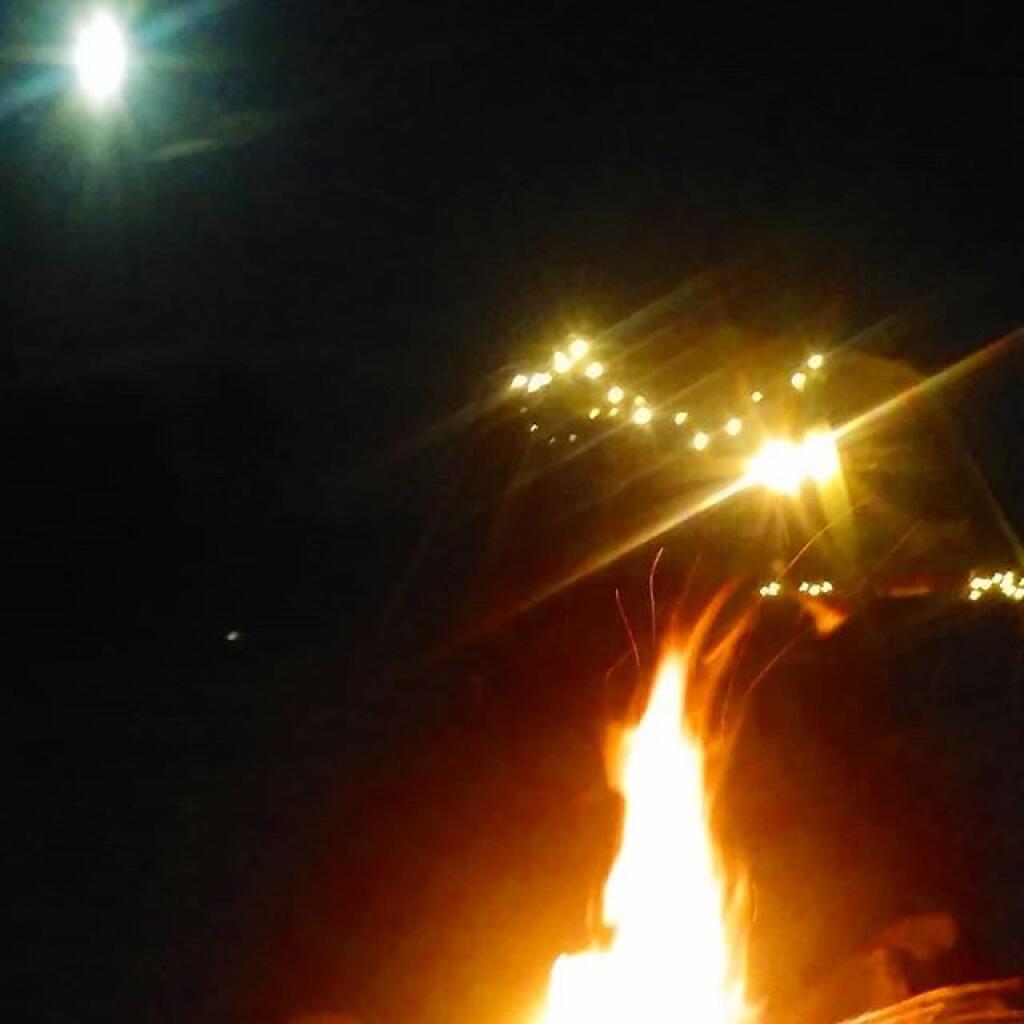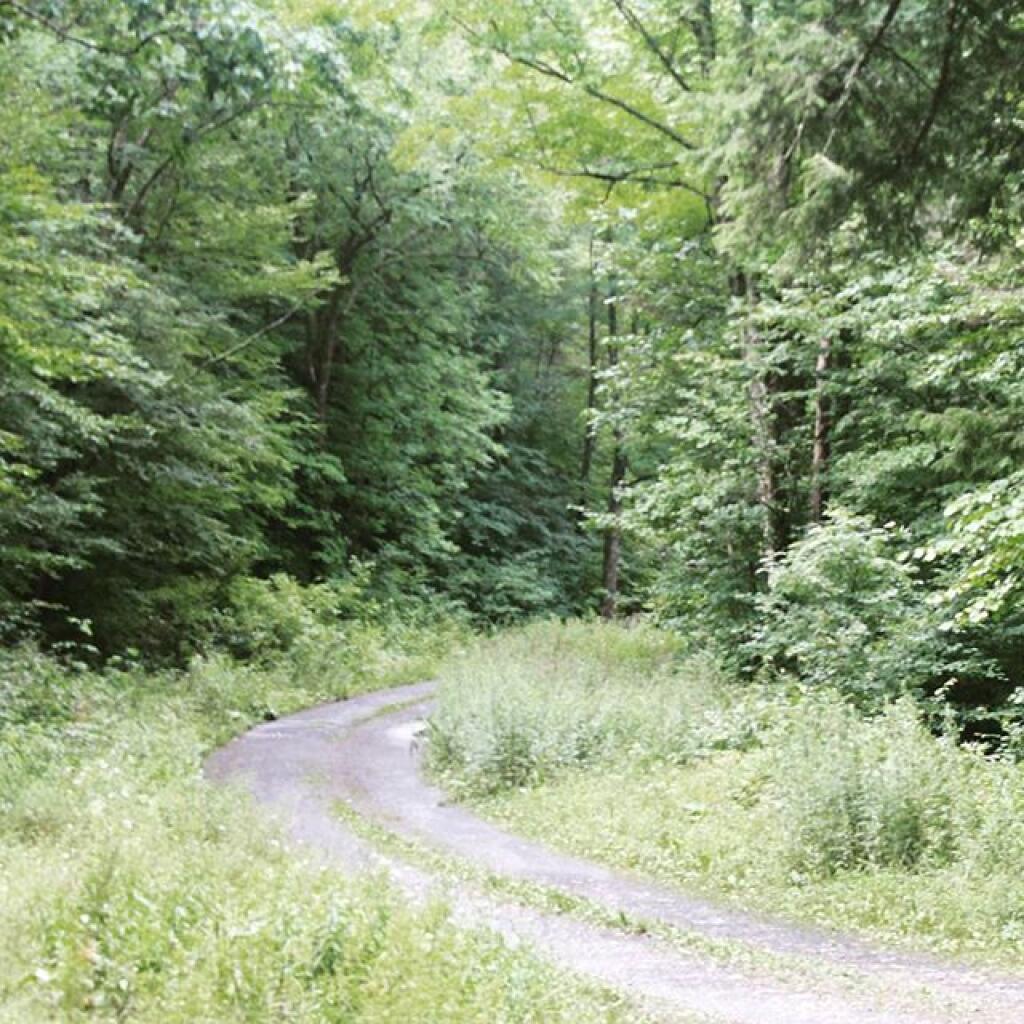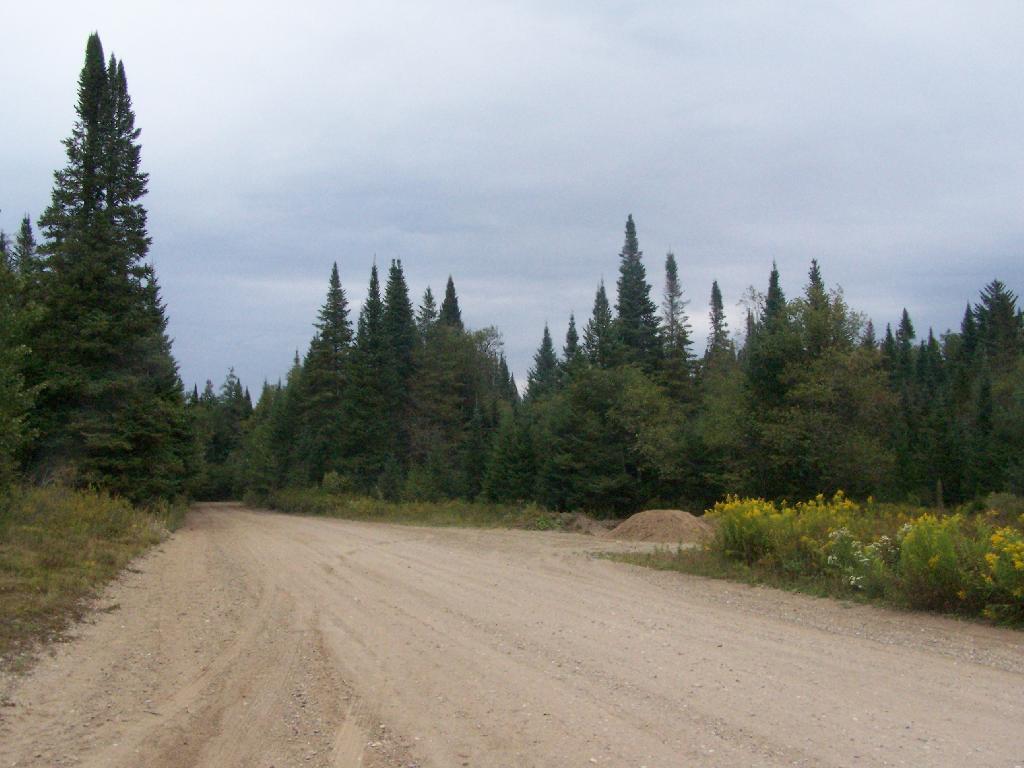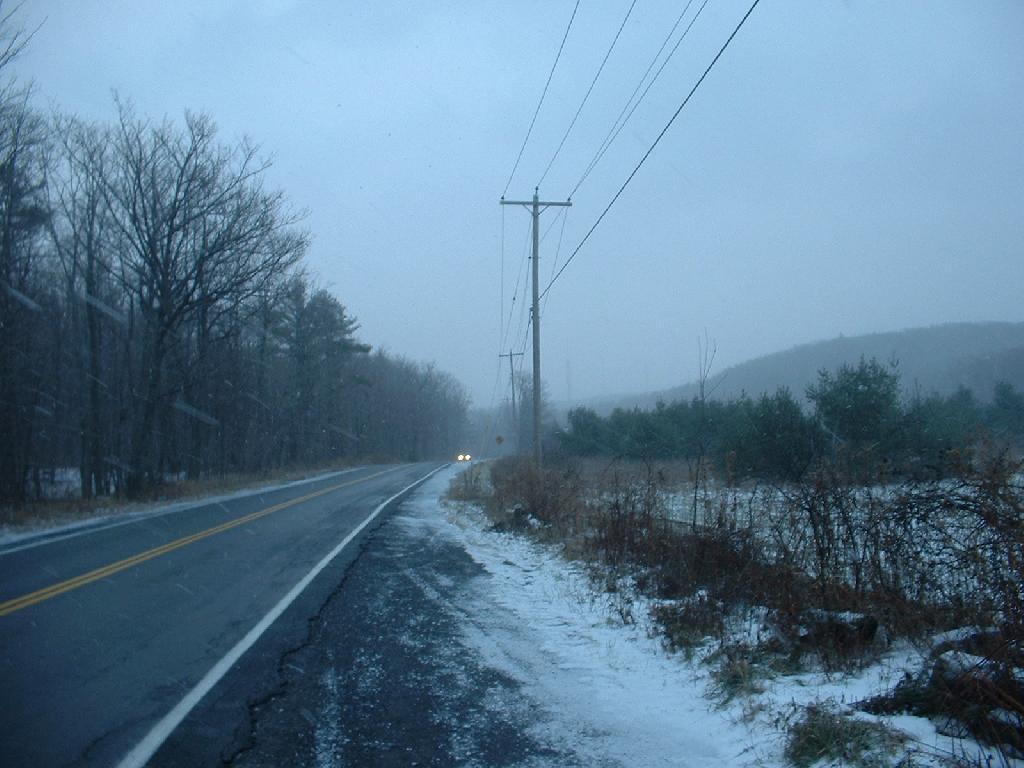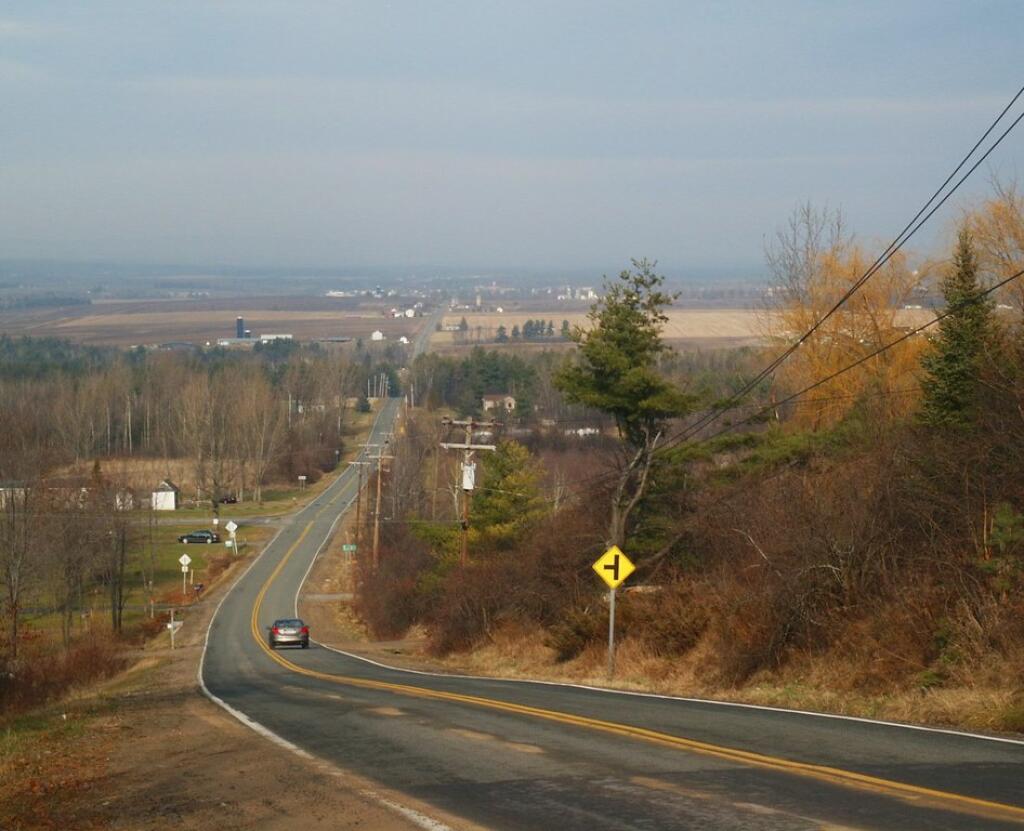One can be pretty sure astronauts, god, and, the space aliens must think cities are for steel ants, when they look down at America from outer space. Certainly, the two-ton steel ants (cars) and their concrete and asphalt herd paths (streets and freeways), are the most prominent feature of any American city.
View Larger Map
Every street must be wide enough to allow at least two of these two-ton steel ants to pass one another, along with having at least two more lanes for the temporary “disposal” of the steel ants along the curbs of the road.
View Larger Map
In more suburban locations, the two-ton steel ants get their own little private herd paths to be temporarily be disposed, off the main road. This means reduced chances of the two-ton steel ants being hit by other two-ton steel ants and the ease of having personalized temporary “disposal” locations for the two-ton steel ants.
View Larger Map
Where the two-ton steel ants congregate the concrete and asphalt herd paths grow larger, and they connect up with vast asphalt confined parking lagoons for their temporary “disposal”. The vast confined parking lagoons make the buildings that the keepers of two-ton steel ants live in and congregate around look tiny.
View Larger Map
The keepers of the two-ton steel ants will not stop at any level to provide convenience of the two-ton steel ants. The keepers of two-ton steel ants will gut the hearts of their communities to make the two-ton steel ants happy. The two-ton steel ants, while powerless without their keepers pouring more fossilized dinosaur bones into their tanks, control their keepers through powerful ideologies and a desire to keep speeding along.
View Larger Map
There are those, trapped by the ideology of the two-ton steel ants, that want the two-ton steel ants to continue to rule our cities, long after all the dinosaur bones are incinerated by two-ton steel ants. They say two-ton steel ants will survive by other means. They say that’s the only way their owners of two-ton steel ants can live their good life. Yet, is that the people speaking, or simply the voice of the two-ton steel ant?
View Larger Map
I don’t know. I like my truck, but I am not sure if our cities need any more two-ton steel ants destroying the landscape. Imagine what our cities would be like if were not dominated by the two-ton steel ants. Imagine if cities where people-centric, where people could walk around, and take mass transit safely to their destination. Two-ton steel ants belong on the parkways and out in the country, but not in the city.
View Larger Map
All of the above Google Maps are actual images from within the City of Albany, Capitol of NY State, and a popular gathering location for the two-ton steel ants. In America, there are 800 million parking spaces for 250 million steel ants, and 4 million miles of roads for them to drive on.
That’s America, land of Two-Ton Steel Ant.
